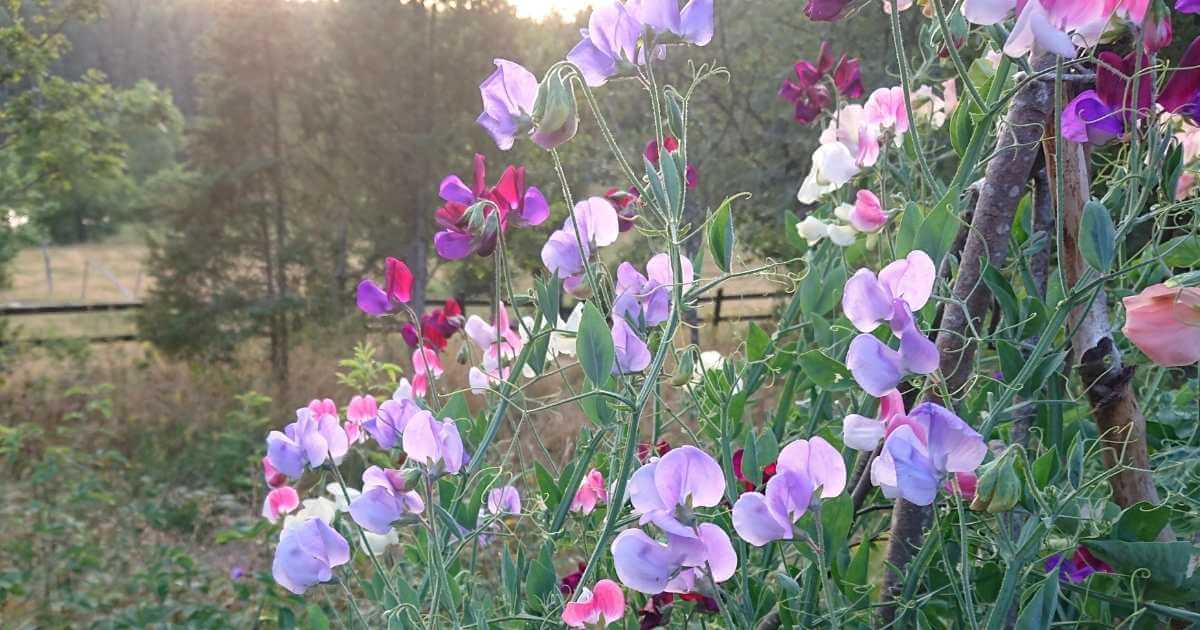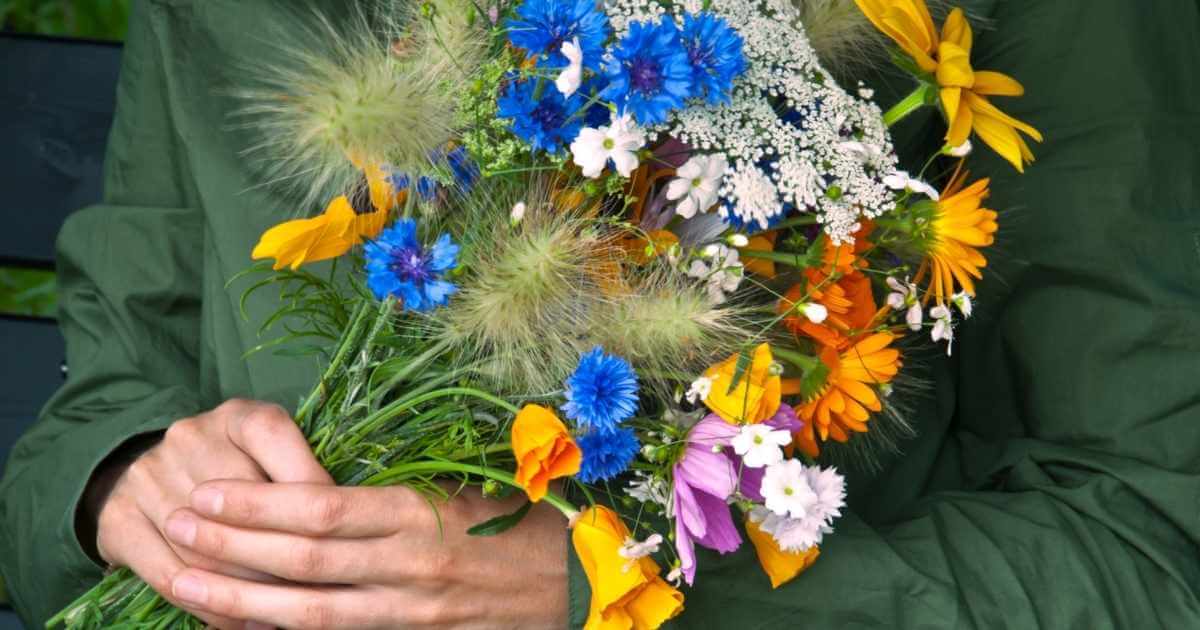
Early to mid-July can be a tough time of year for gardening in North Texas because there’s not much to do besides weeding,
Lucky for us North Texans, we get to enjoy a home filled with
Start Them Indoors or Out
Because soils are so warm this time of year, it’s easy to direct-sow annual seeds in the garden, but I’m a big advocate for starting most, if not all, seeds indoors. For one thing, it’s much more reliable. Seeds don’t get washed away by heavy rains, and young seedlings don’t get nibbled up by hungry bunnies. And another thing, if given the choice between planting seeds inside your air-conditioned home or outdoors in the 100 degree heat, which would you choose? (If you need some help with learning how to start seeds indoors, we’ve got a great class for that.)
Tips for Indoor Seed-Starting in The Middle of Summer
- Remember to set up your seed-starting station inside your house instead of the garage. Seedlings need to be kept between 70-75 degrees while growing to minimize stress.
- If you start seeds in cell trays, they might need to be potted up once before being transplanted into the garden. (Larger seedlings will handle the stress of summer transplanting better.) I like to move seedlings from trays to 2.5″ nursery pots.
- Before seedlings go into the garden, they need to be gradually acclimated to outdoor conditions. This is called “hardening off”. This process can take anywhere from 7-14 days. Start by moving seedlings to a shaded spot outdoors for a few hours. Each day, gradually expose plants to longer periods of time outdoors. Once plants can stay outdoors all day in the shade, start gradually exposing them to full sun, one or two hours at a time until they can withstand direct sun all day. Don’t rush this process. Shade cloth can help with transition between shade and sun.
Whether you start them indoors or out, here is a list of some annual flowers that you can start by seed in July and tips for growing them successfully:
Fast-Growing Annual Flowers for A Fall Bloom
- Marigolds
Marigolds will always be one of my favorite flowers to start by seed indoors because they mature very quickly, giving you instant gratification. Plus, it’s nice that they’re not just a pretty face: marigolds are scientifically proven to reduce white fly populations in tomato plants when planted together. A variety that knocks my socks off every year is Favorite Blend French Marigold fromBotanical Interests (pictured below). (Pro tip: For the most dramatic display in your garden plant marigolds in large masses. I will often start an entire tray of them and plant as a border, creating a sea of orange, red, yellow, and gold.)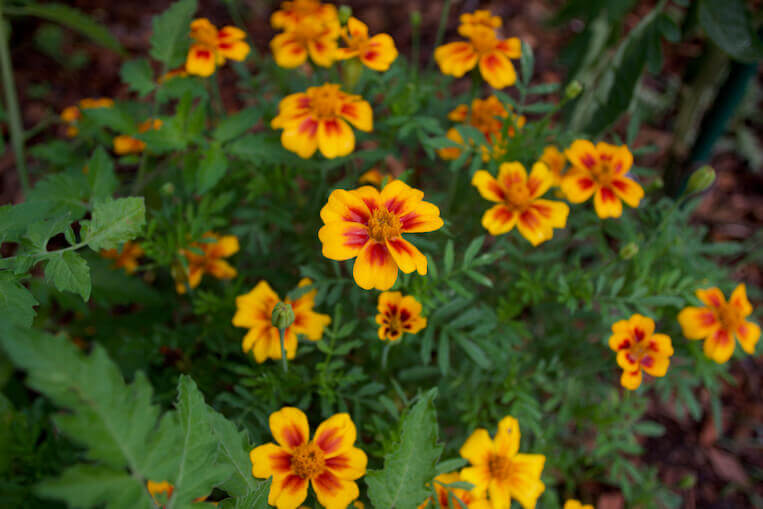
- Cosmos
Cosmos will never not have a place in my cutting garden. They love our hot and dry summers, and they’re easy to start by seed indoors. Cosmos bloom well through the spring and summer, but they truly perform best in North Texas when grown in the fall. In fact, because cosmos are daylength sensitive, most cosmos planted after the middle of April won’t bloom until the fall anyway. This is a good thing, however, because fall blooms are often larger and showier than those in spring and summer. My favorite variety for cutting is ‘Double Click‘ (pictured below). Find more tips for growing Cosmos in North Texas here.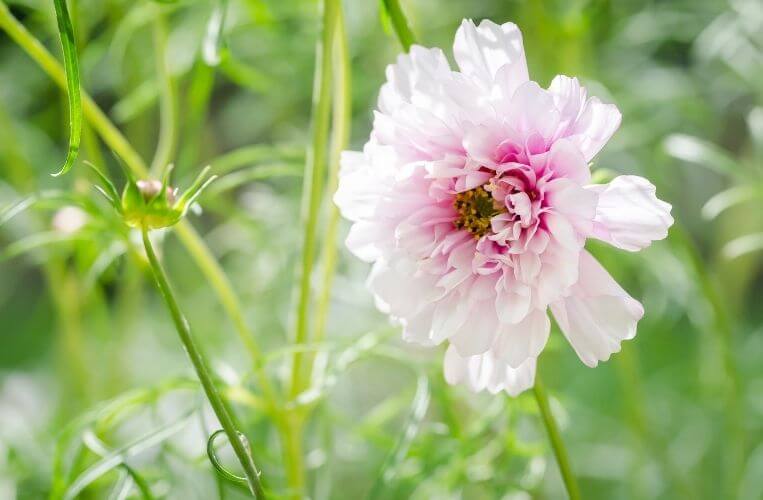
- Celosia
Though it would be better to start celosia for fall bloom in June because they can be a bit sluggish as seedlings, celosia will still mature in time for October and November blooms if started now. When shopping for celosia to use in bouquets, look for varieties specifically bred for cutting instead of bedding. Celosias for use as bedding plants will have much shorter stems. Johnny’s Seeds carries a wonderful selection of celosias for cutting.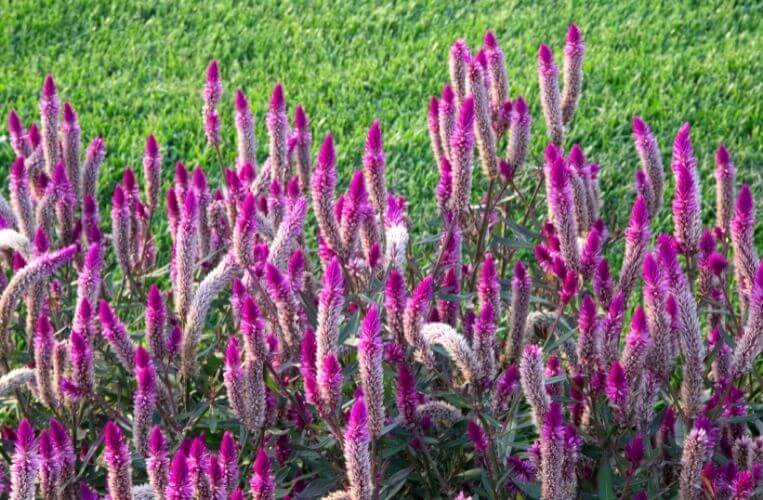
- Sunflowers
You might have read that sunflowers are difficult to start by seed indoors, but I’m here to tell you that’s just not true! The key is to transplant them into the garden before they outgrow the cell trays and get leggy. My favorite sunflowers forcut flowers are ProCuts (pictured below). These are sunflowers bred to produce large blooms on a single stalk. Learn how to grow ProCut sunflowers in North Texas here.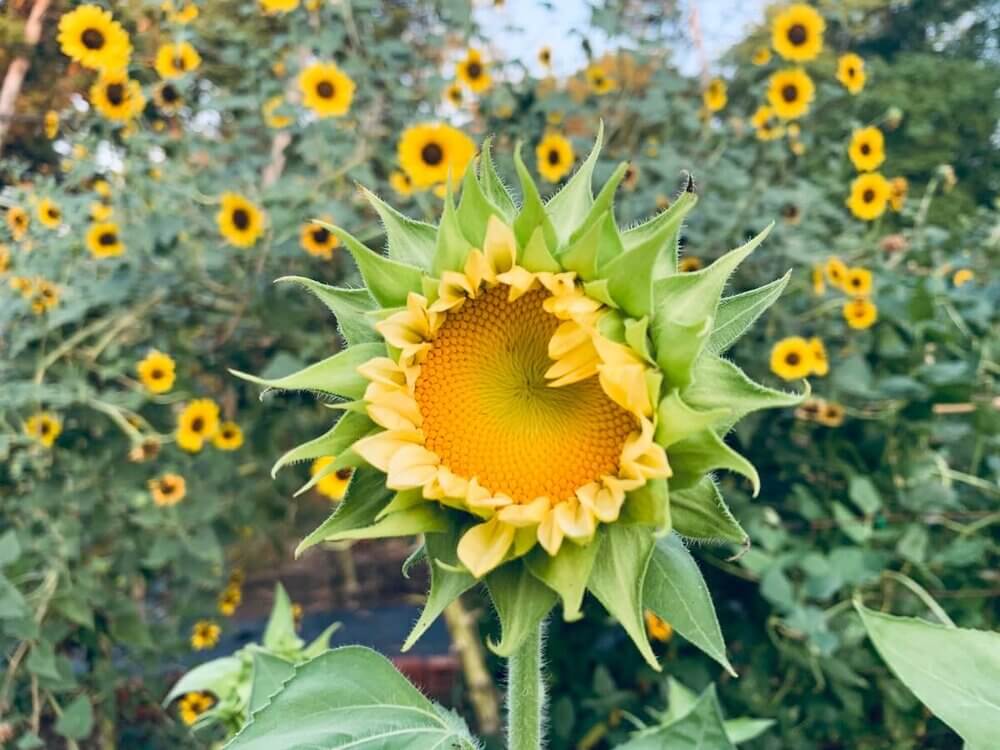
- zinnias do well in North Texas with the exception of the scabiosa-types like Zinderella that typically need cooler nights in order to produce double blossoms. Try Benary’s Giants for large blooms that hold up well in bouquets. (Pictured below: ‘Oklahoma’ zinnia)
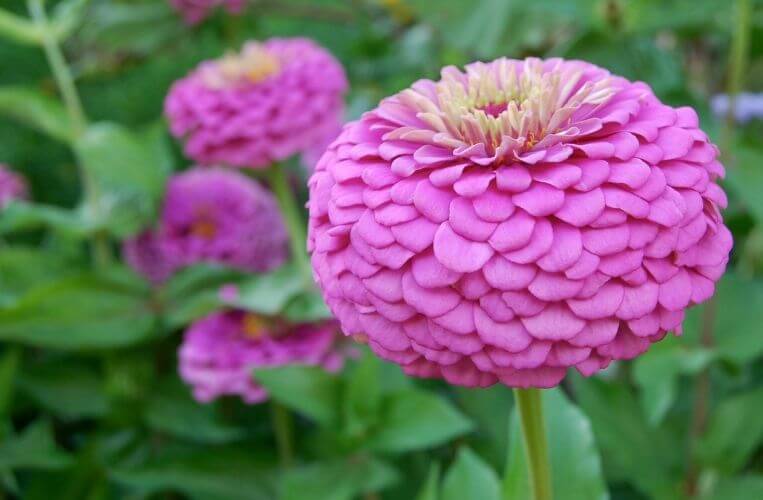
- Centaurea (Bachelor’s Button or Cornflower)
Bachelor’s Buttons are making a comeback with exciting new colors beyond the traditional blue, white and pink. ‘Black Magic’ is a new variety with deep purple-black blossoms that would look spectacular planted in mass. (Pro tip: Bachelor’s Buttons tend to flop over easily, so try erecting a netting support like Hortanova after transplanting.)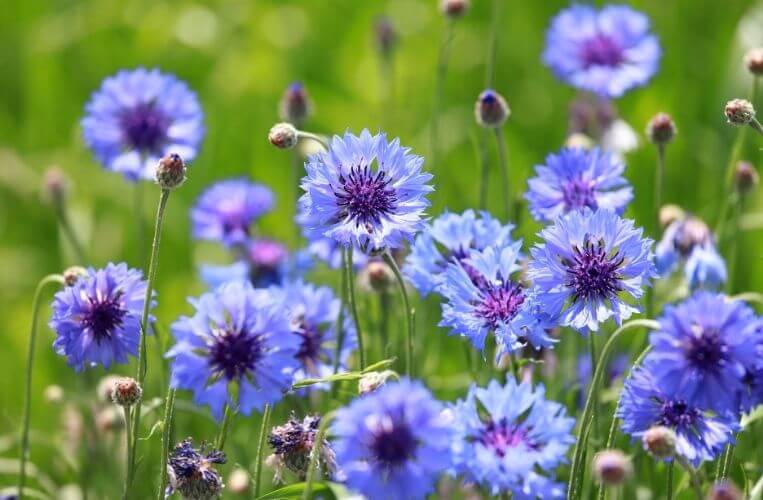
- Can Eating Tomatoes Help Prevent Weight Gain? New Study Says Yes - May 25, 2025
- New to Gardening? Join Our Step-by-Step Beginner Gardening Class - April 24, 2025
- Why “Intensive” Gardening is Not Good - March 9, 2025



